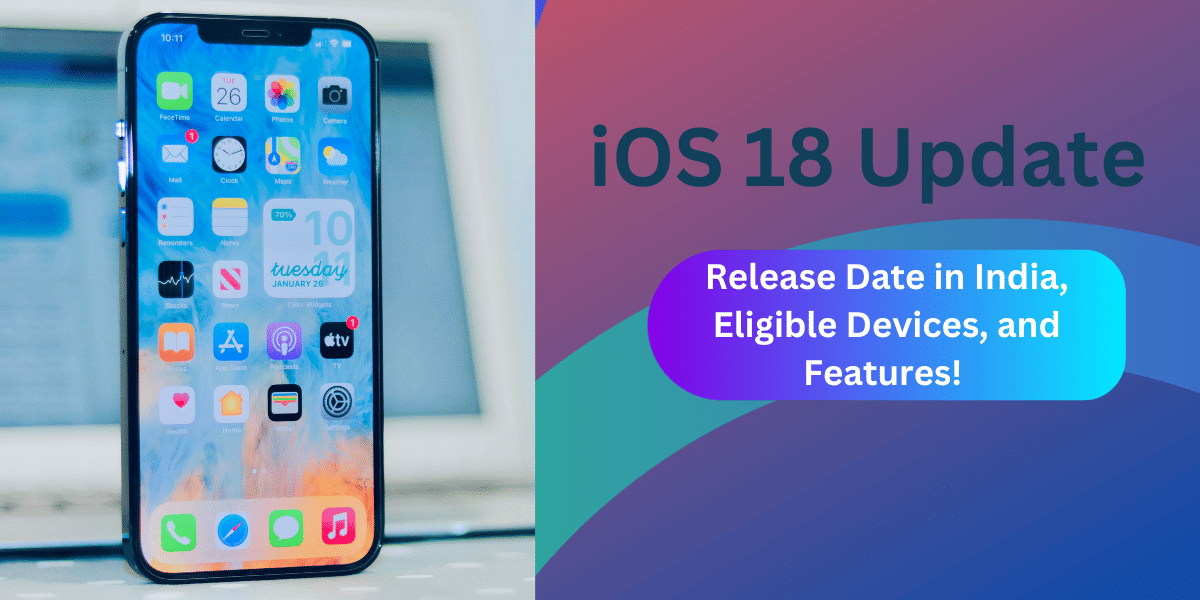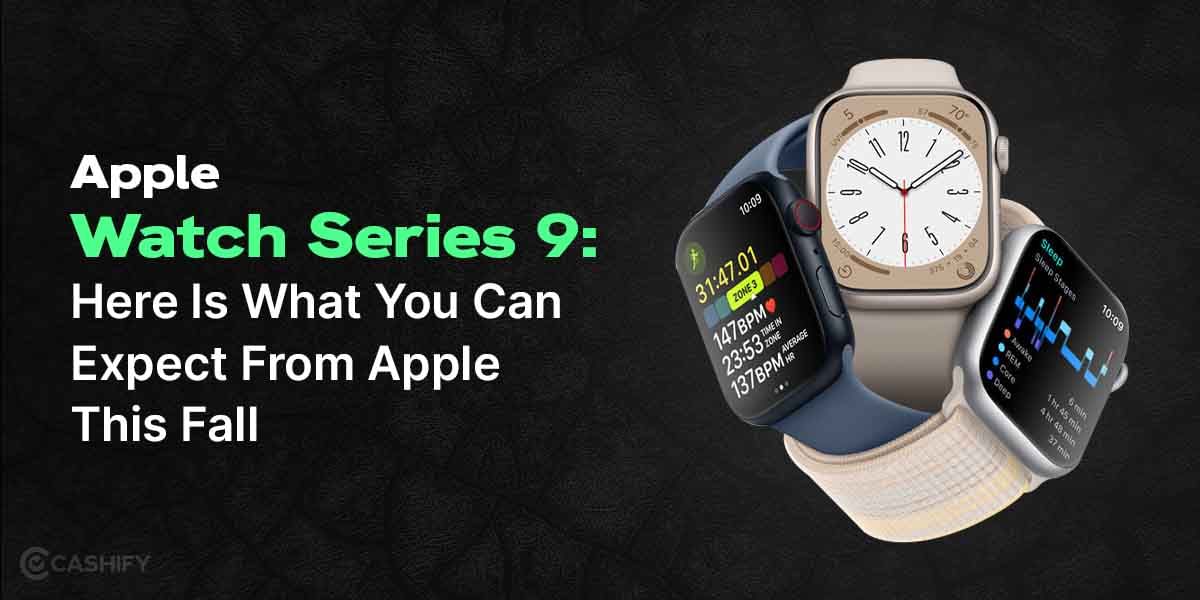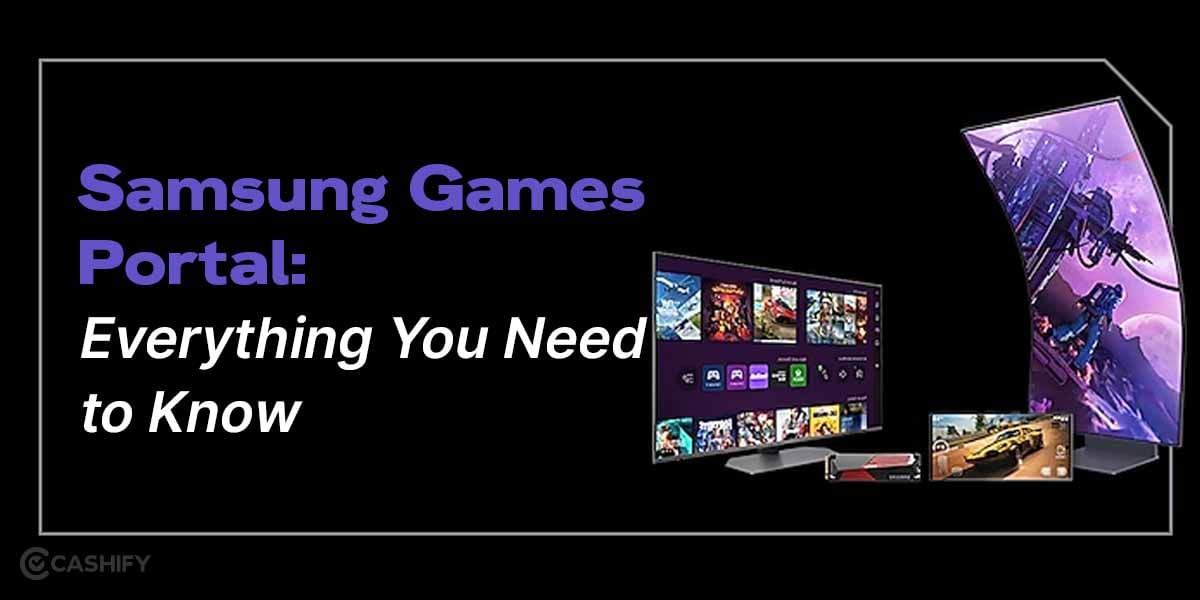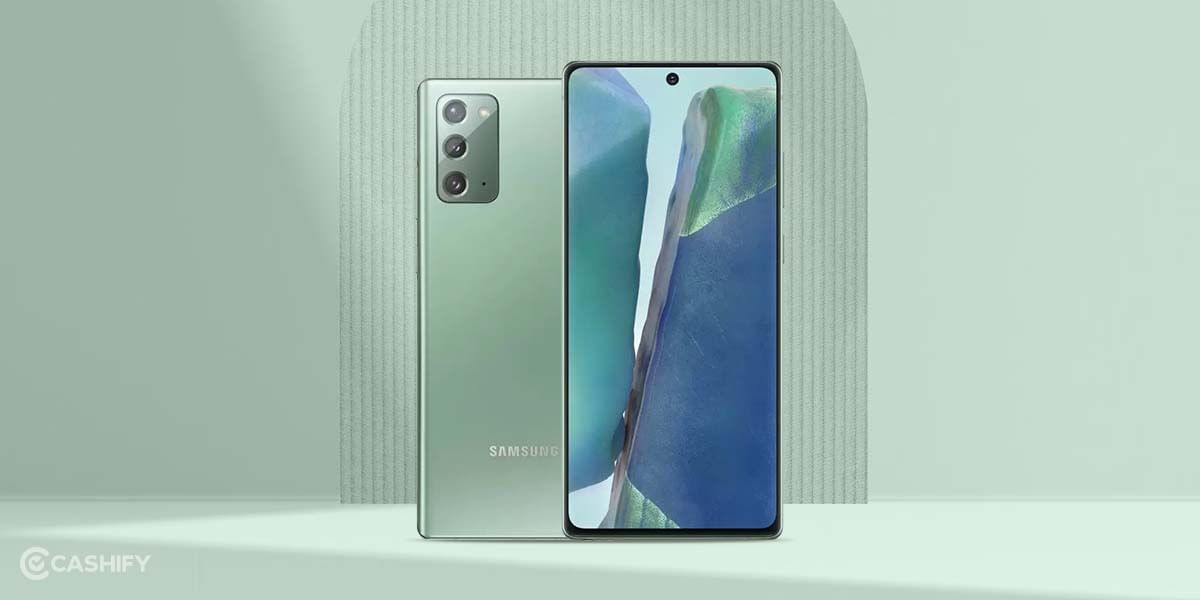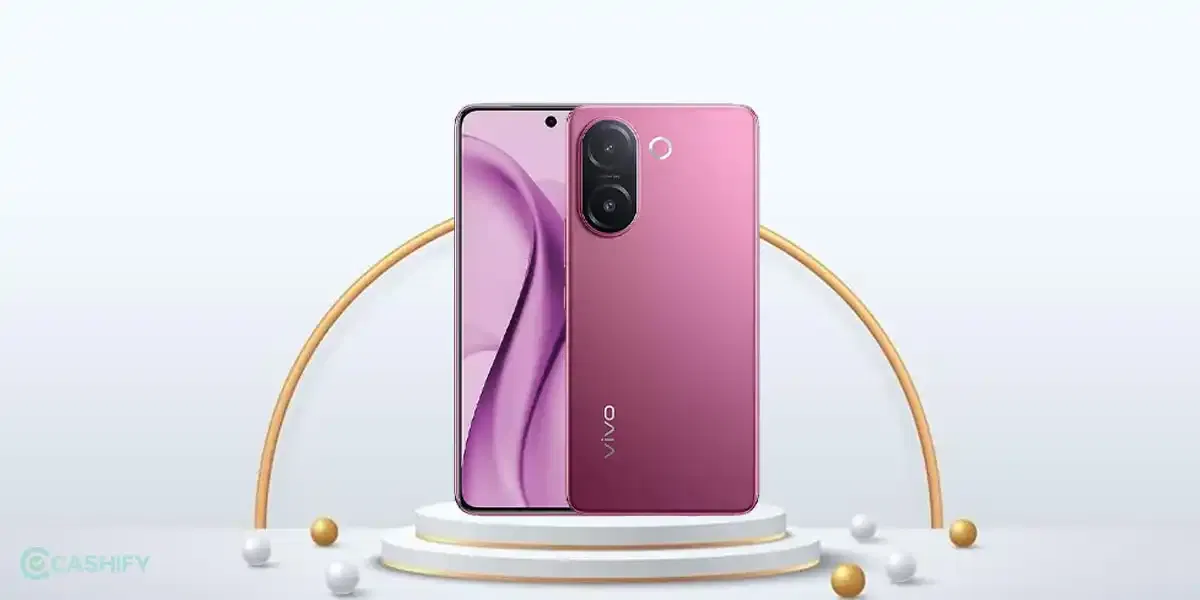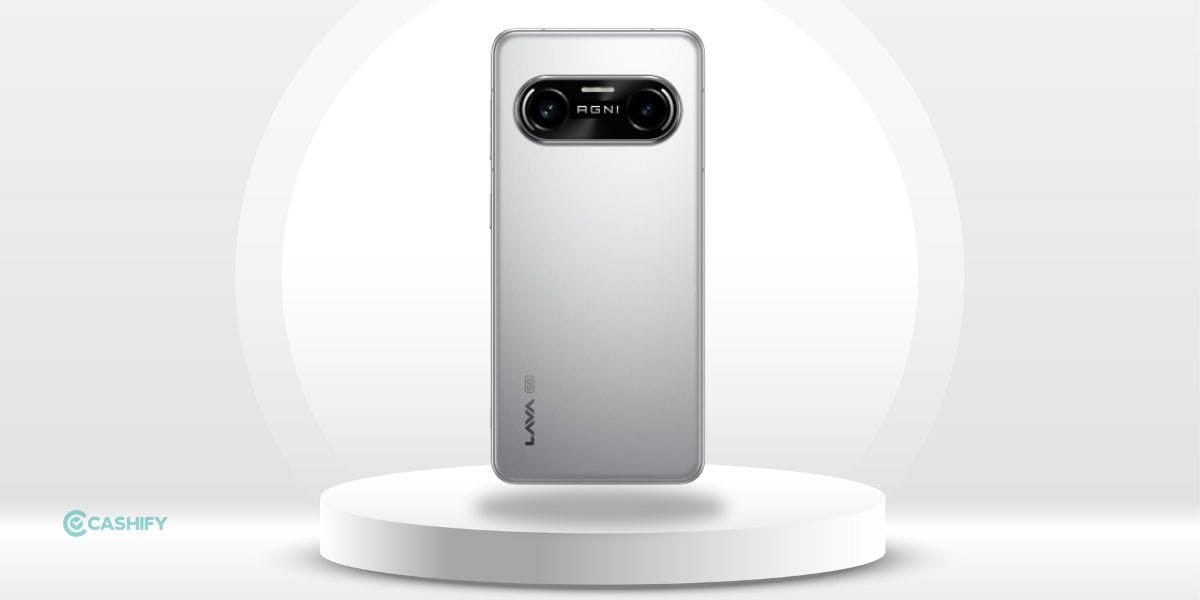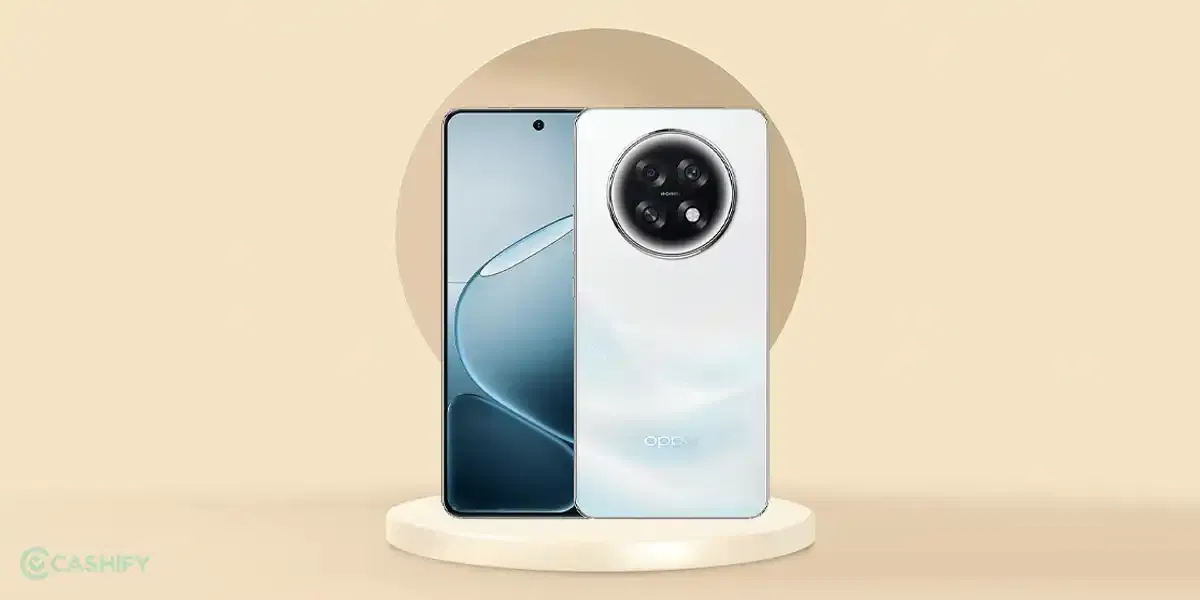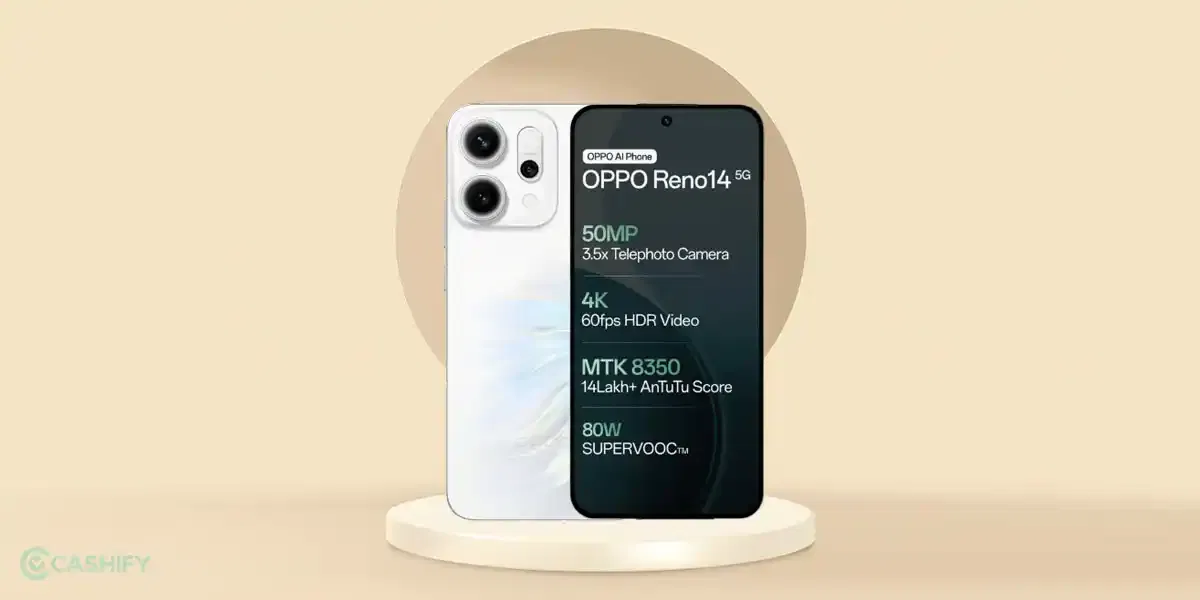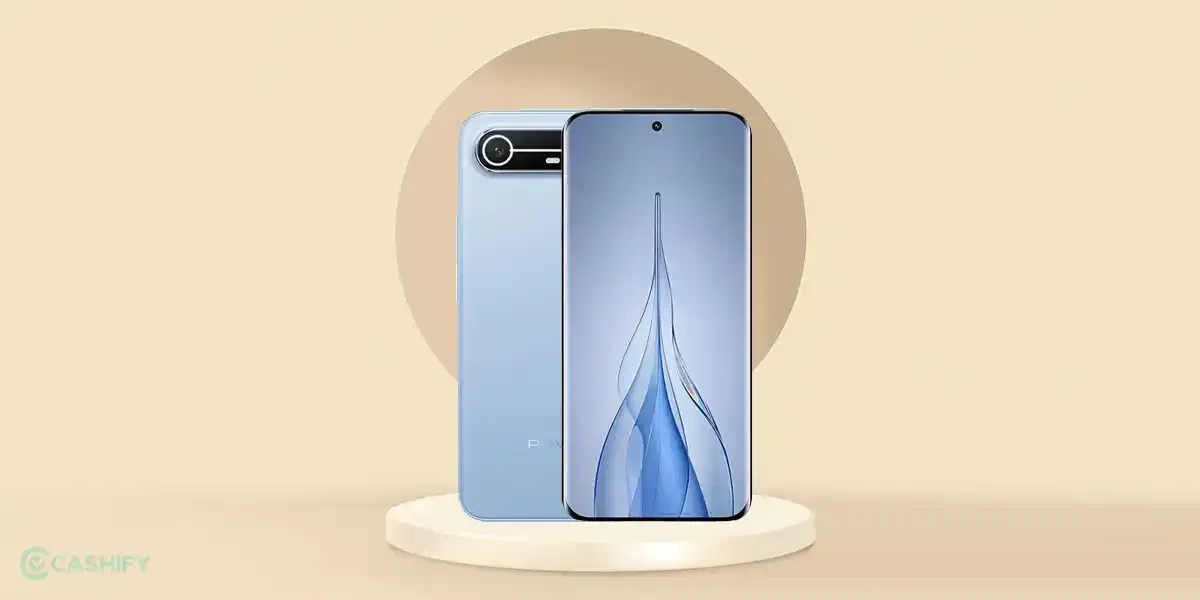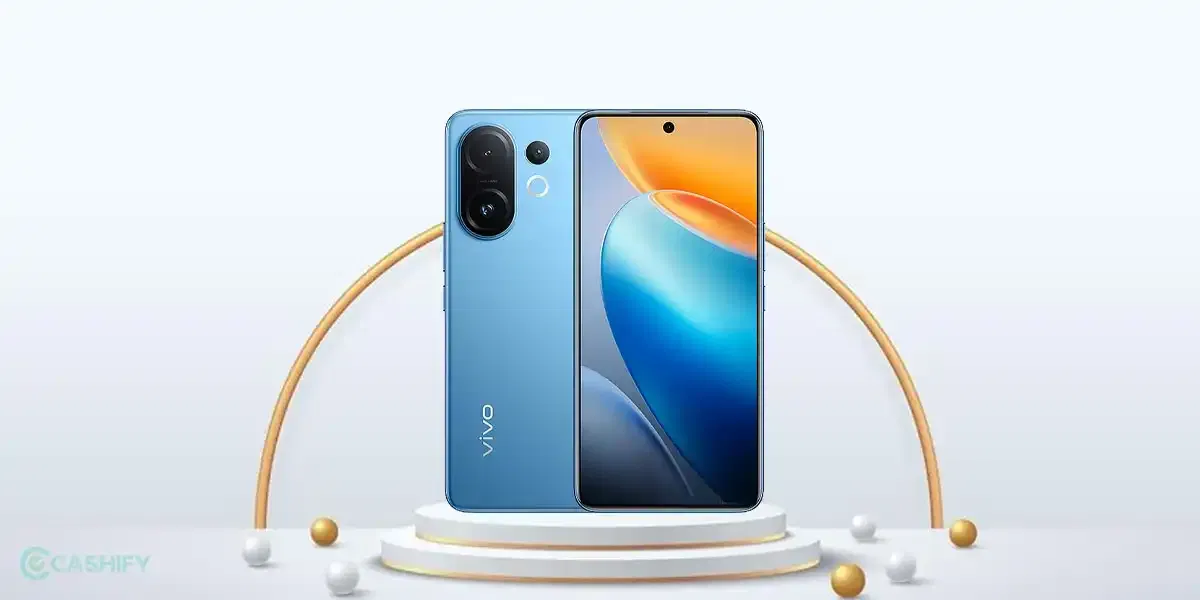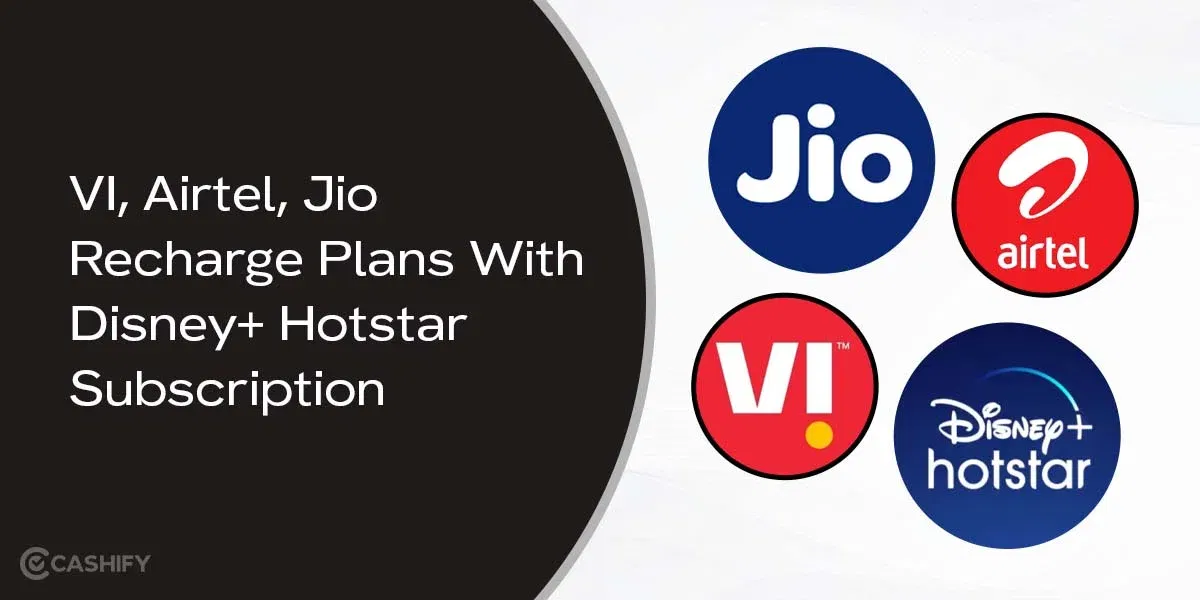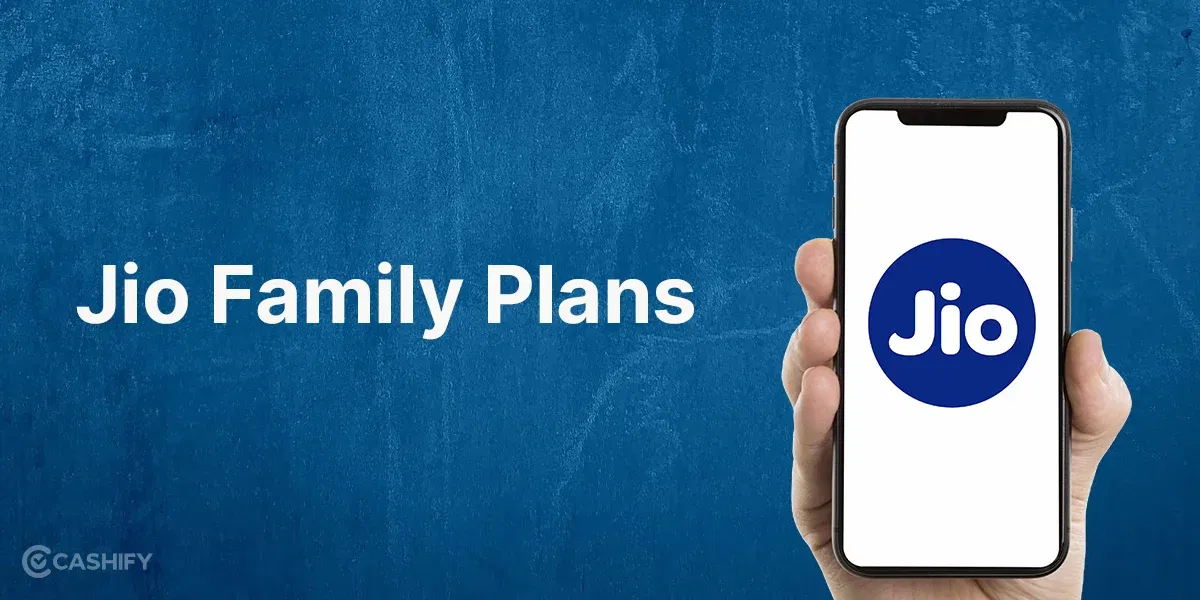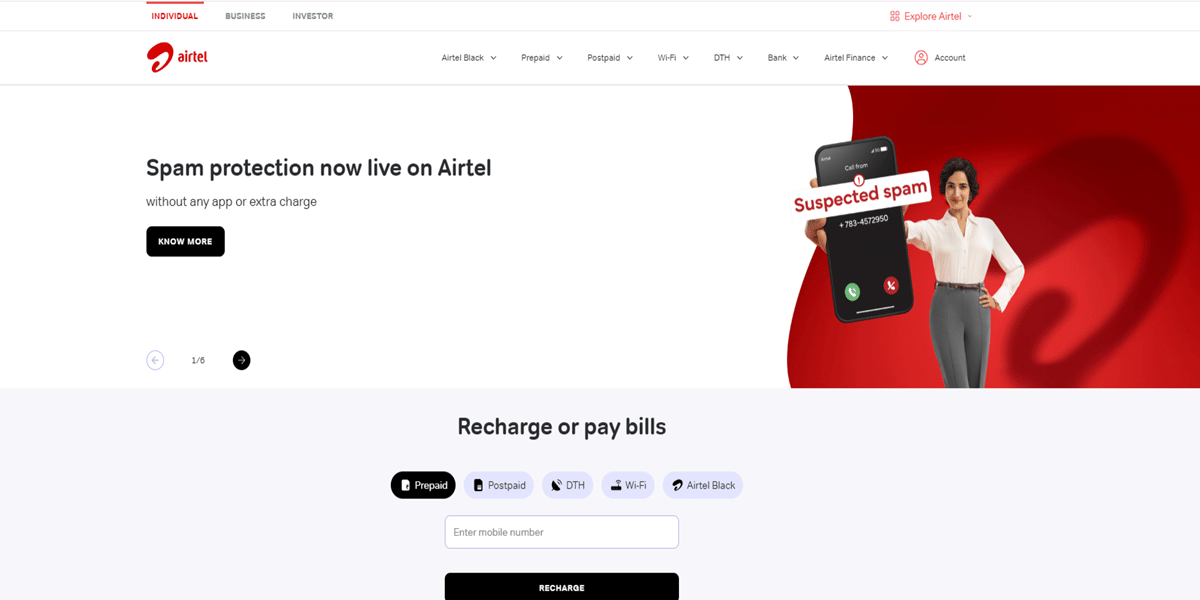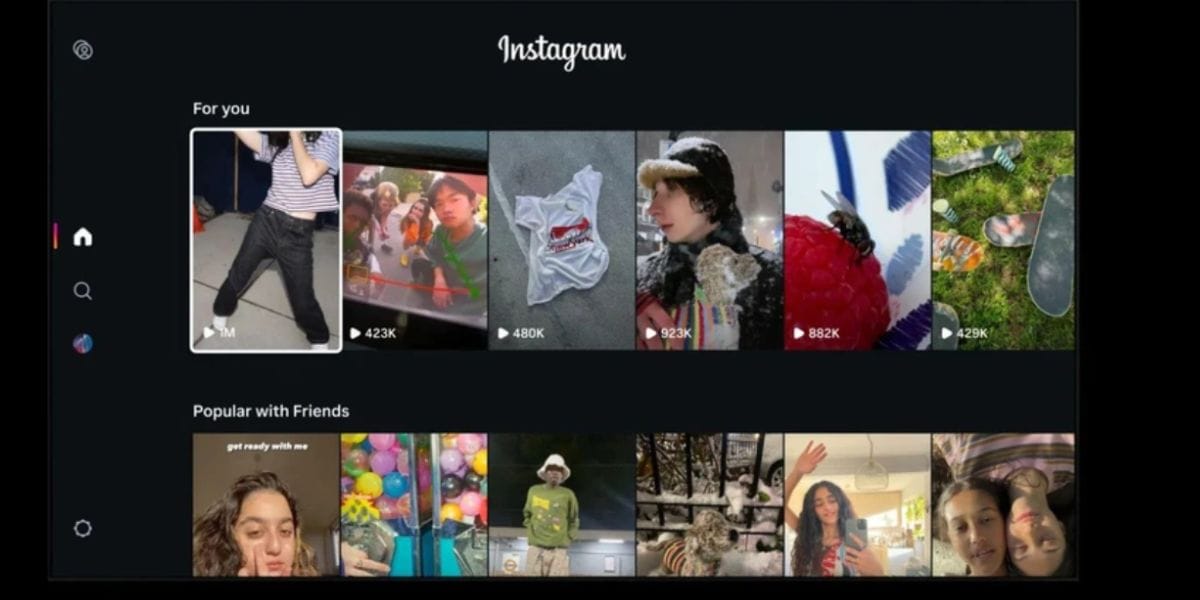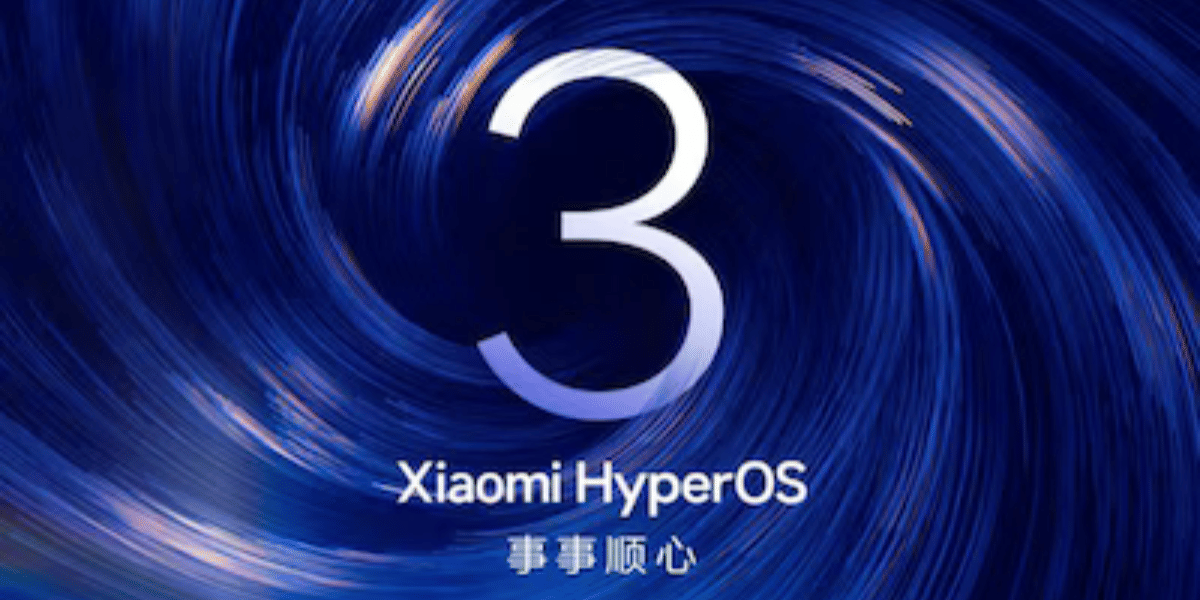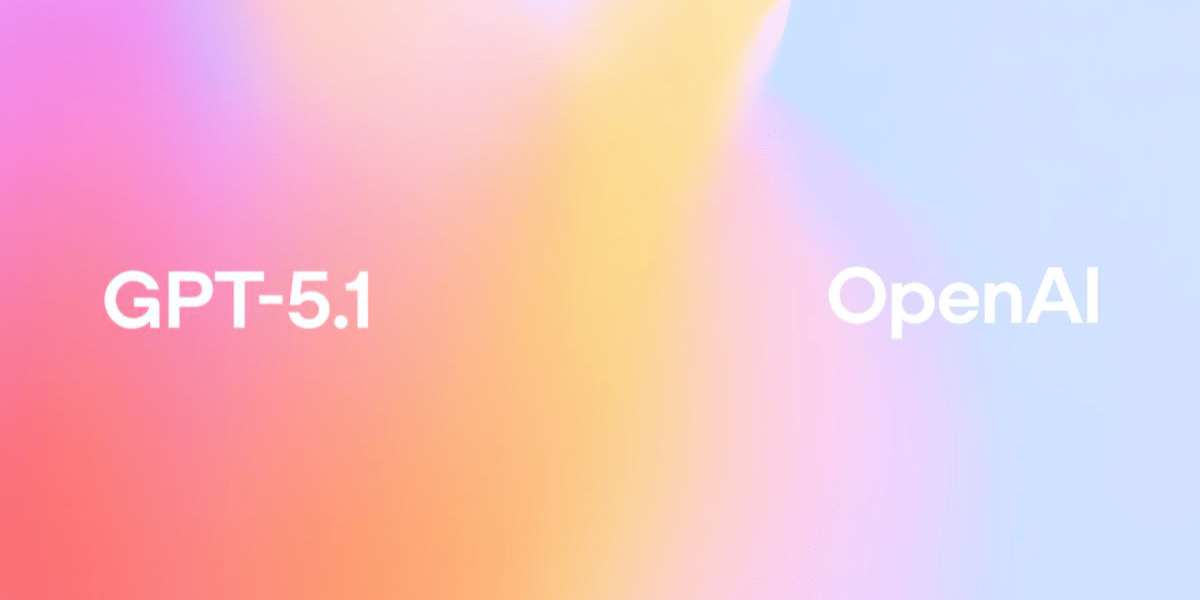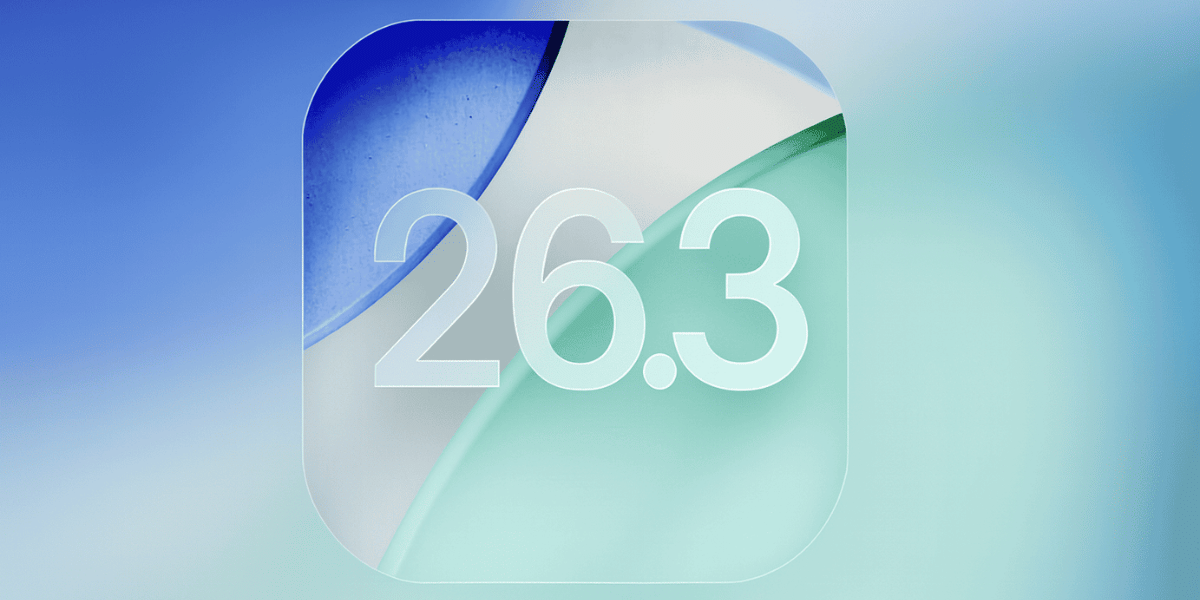The whole HyperOS journey started with the ‘Leap Beyond The Moment’. Now, Xiaomi has established its place with Hyper OS-eligible devices. Here, you can get all the details about HyperOS’s latest launches. All of the upcoming launches will have this OS pre-installed.
In this article, we will discuss the Xiaomi HyperOS update list. You will also see other updates that have been released.
Let’s start with a breakdown of HyperOS basics. Know why it’s cool and the list of all devices with current eligibility.
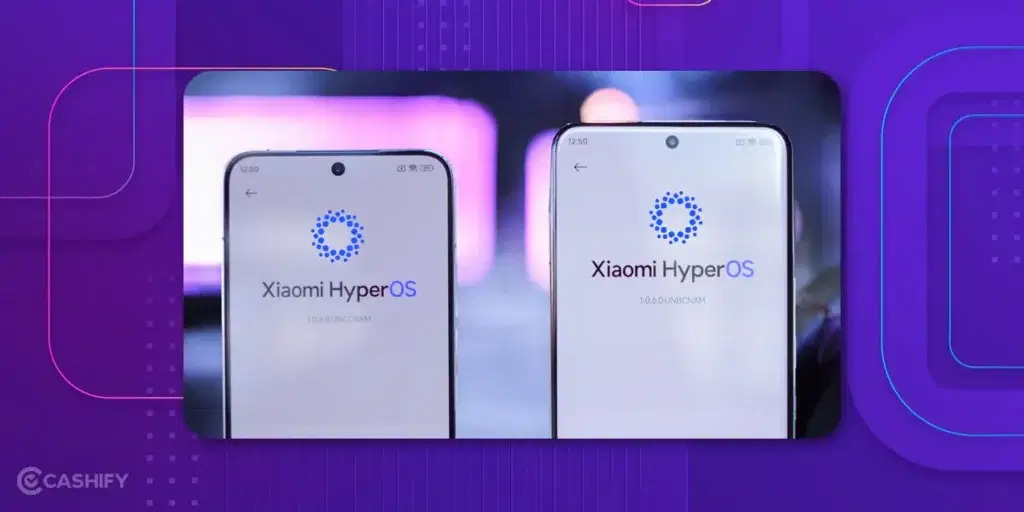
Also Read: Xiaomi HyperOS 3.0 Release Date, Eligible Devices, Features!
HyperOS Release Date Of Updates
As per the official details, Xiaomi HyperOS update list rolls out throughout the 2024. It started in January, on selected Xiaomi devices. Chinese markets were the first to experience this new OS release.
The specific timeline for releasing most HyperOS device list is still undercover. In India, the Xiaomi 13 Pro and the Xiaomi Pad 6 got the first HyperOS updates, as announced on October 26, 2023.
| Topic | Details |
|---|---|
| Update Start | January 2024 on some Xiaomi devices |
| First Country | China |
| India Update | Xiaomi 13 Pro and Xiaomi Pad 6 got it in Oct 2023 |
| Device List | Not fully announced yet |
| Better Than MIUI 14 | Yes, with new features and improvements |
| Ecosystem | Works on phones, cars, tablets, and smart home stuff |
The HyperOS Global changelog promises a host of improvements over its predecessor. Like, MIUI 14, and a few added features.
Xiaomi envisions a smart ecosystem powered by the Human-centric Operating System. This system is known as the Xiaomi HyperOS “Human x Car x Home“,. It is not limited to phones but has the potential to run across various Xiaomi devices.
HyperOS Key Features
HyperOS provides features such as optimized, lightweight system that is designed for cross-device connectivity and integration with the Xiaomi ecosystem. Let’s check out some of the key features of HyperOS.
Complete Refactoring
Xiaomi created HyperOs to resolve the issue of the multitude of OS. Their main goal is to bring coherence to the OS across devices. It unifies all devices and provides seamless connectivity across the entire Xiaomi portfolio.
Cross-Device Connectivity
HyperOS features a cross-device connectivity framework, which is popularly known as HyperConnect. Using it, one can easily control nearly all their connected devices, allowing them to monitor and manage their device network from anywhere, at any time.
End-to-End Security
These days, user privacy and security have become more important. Xiaomi aims to offer better safety through HyperOS. It mainly focuses on security to not only connected devices but also to interconnected security modules.
Proactive Intelligence
HyperMind is the brain of the brand’s ecosystem. It lets devices connect proactively and uses four capabilities – environment, sound, vision, and behaviour to learn about user requirements and adapt devices according to needs.
Lightweight System
This new operating system is designed to be more efficient and lightweight, which improves performance on compatible devices.
List Of Eligible Hyper OS Device List
Here is a comprehensive HyperOS update list:
Xiaomi HyperOS Eligible Devices
| HyperOS Supported Devices | Expected Update Time |
|---|---|
| Xiaomi 11 / 11 Pro / 11 Ultra | Released |
| Xiaomi 11T / 11T Pro | Released for beta testers both in Global and India |
| Xiaomi Mi 11X / 11X Pro / 11i | Released |
| Xiaomi 11i / 11i Hypercharge | Released |
| Xiaomi 11 Lite 5G NE | Released |
| Xiaomi 12 / 12 Pro / 12C / 12T / 12T Pro | Released |
| Xiaomi 12S / 12S Pro / 12S Ultra / 12 Lite | Released |
| Xiaomi 13 / 13 Pro / 13 Ultra / 13T / 13T Pro | Released |
| Xiaomi 14 series / Xiaomi 14 Ultra | Pre-installed |
| Xiaomi Mix Fold / Fold 2 / Fold 3 | Released |
| Xiaomi Civi 1S / 2 / 3 | Released |
| Xiaomi Pad 6 / 6 Pro / Pad 5 / Pro 5G / Pad 5 Pro Wi-Fi | Released |
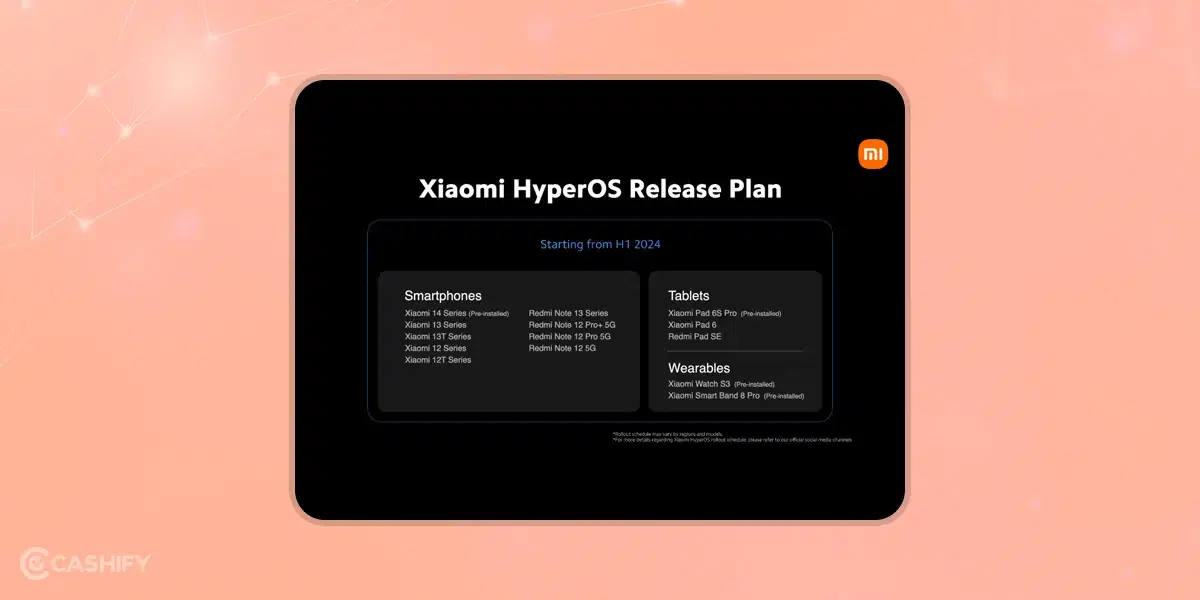
Smartwatches like the Xiaomi Watch S3 and Xiaomi Smart Band 8 Pro will also come pre-installed with HyperOS download, ensuring a seamless experience across devices.
Redmi HyperOS Eligible Devices
| Model | Release Date |
|---|---|
| Redmi K40 / K40S / K40 Pro / K40 Pro Plus / K40 Gaming / K50 / K50i / K50i Pro / K50 Ultra / K50 Gaming / K50 Pro | Released |
| Redmi 12 / 12 5G / 12C / Redmi Note 12 / 12S / Redmi 11 Prime / 13 5G | Released |
| Redmi Note 10 5G / 10 Pro / 10S / 10 Pro 5G | Less chance to upgrade |
| Redmi Note 11 / 11 Pro / 11 Pro Plus / 11 4G | Released |
| Redmi Note 11T / 11 Pro 5G / 11 Pro Plus 5G / 11E / 11S 5G / 11 SE / 11T Pro / 11T Pro Plus / 11R | Released |
| Redmi Note 12 Pro Plus / 12 Pro Explorer /12 Pro Speed / 12 Pro 4G / 12S / 12 Turbo / 12R / 12R Pro / 12 5G | Released |
| Redmi Note 13 5G / 13 Pro / 13 Pro Plus | Released, Includes the new “interruption” animation. |
| Redmi Pad / Pad SE / Pad SE 8.7 | Released |
| Redmi Pad Pro | Pre-Installed |
POCO HyperOS Eligible Devices
| Model | Release Date |
|---|---|
| POCO C51 / C55 / C65 | Released |
| POCO X4 5G / X4 GT / X4 Pro 5G | Released |
| POCO F3 / F4 / F4 GT / F5 / F5 Pro | Released |
| POCO X6 / X6 Pro / X6 Neo / X5 / X5 Pro | Released |
| POCO F6/ F6 Pro | – HyperOS 1.0 Pre-installed. – HyperOS 1.0.4.0 being rolled out in Global in F6 Pro |
| POCO M4 / M4 Pro 4G / M4 Pro 5G / M5 / M6 / M6 Pro 5G | Released |
| POCO Pad | Pre Installed |
Note: Some devices won’t have support from HyperOS 2.0. This is because of hardware limitations.
Also Read: 5 Best POCO Mobile Phones In India!
HyperOS Enhanced Beta Edition Update
HyperOS Enhanced Edition is a separate version of Xiaomi’s HyperOS. It’s used to test new technologies and features before they are added to the main operating system.
Xiaomi recently released beta versions for:
- 1.4.0 for Xiaomi 14
- 1.1.4 for Redmi K60 Extreme Edition
These updates aim to improve system animations and reduce battery consumption during gaming.
| Topic | Details |
|---|---|
| What is it? | Test version for new features |
| Beta Versions | 1.4.0 (Xiaomi 14), 1.1.4 (Redmi K60) |
| Goals | Better animations, less battery use |
| Fixes (Xiaomi 14) | Icon and layout fixes, no lock screen flicker, smoother app cards |
The Enhanced Beta has the preview features of the HyperOS 2.0. This means users in the beta have been able to see new features before the official release.
The Xiaomi 14 update includes several improvements. It fixes icon display issues and desktop layout problems. It also addresses delays in-app updates. One important update is that it resolves the flickering on the lock screen when switching from off-screen.
It smooths out the experience by removing the shaking app cards when swiping up to view recent tasks.
Best Features For Xiaomi HyperOS Eligible Devices
Here are a few reasons to look for HyperOS-eligible devices before purchasing your next smartphone.
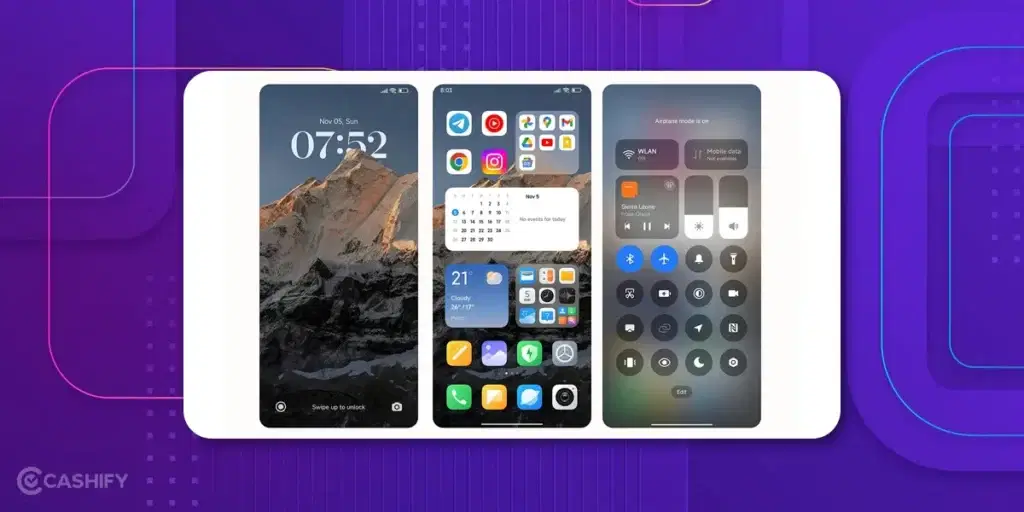
Optimisation And Performance:
The Xiaomi HyperOS helps your device show its actual performance. This includes big changes like:
| Feature | What It Does |
|---|---|
| File System | Faster access and better system efficiency |
| Memory Management | Less lag and smoother multitasking |
| Imaging Subsystem | Better photo and video quality |
| Networking | Faster and more reliable internet |
Also Read: Most Annoying Problems With Xiaomi Smartphones And How To Fix Them
HyperOS User Experience:
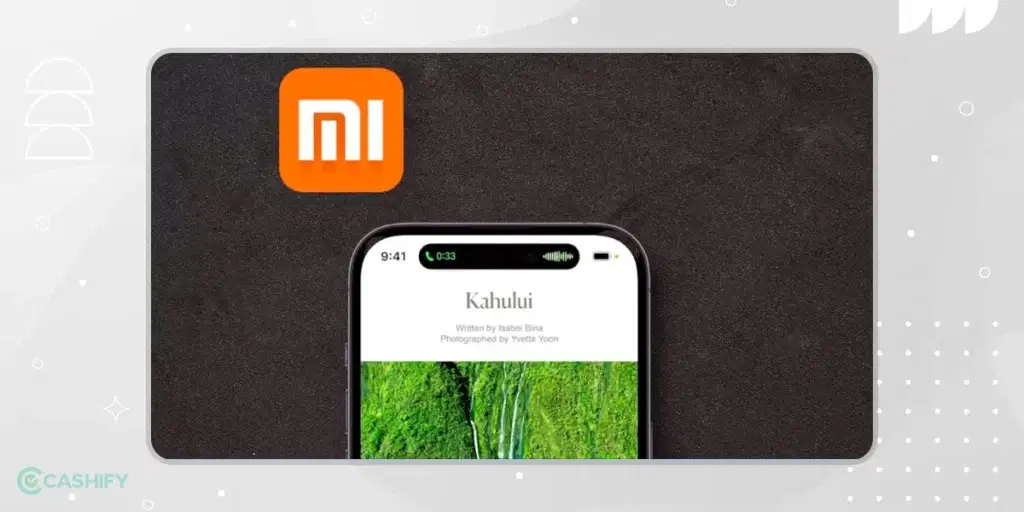
Hyper OS device list shows great performance improvements with smoother animations. Here are some cool features:
| Feature | Details |
|---|---|
| Customizations | Lock screen options, Dynamic Island-like features |
| Device Integration | Works smoothly across phones, tablets, and wearables |
| Wallpaper | Smooth transitions |
| Haptic Feedback | More accurate and responsive than MIUI |
| Screen Recording Controls | Adjust video quality, frame rates, and more |
Also Read: Xiaomi HyperOS Vs MIUI 14: Which Is A Better OS For You?
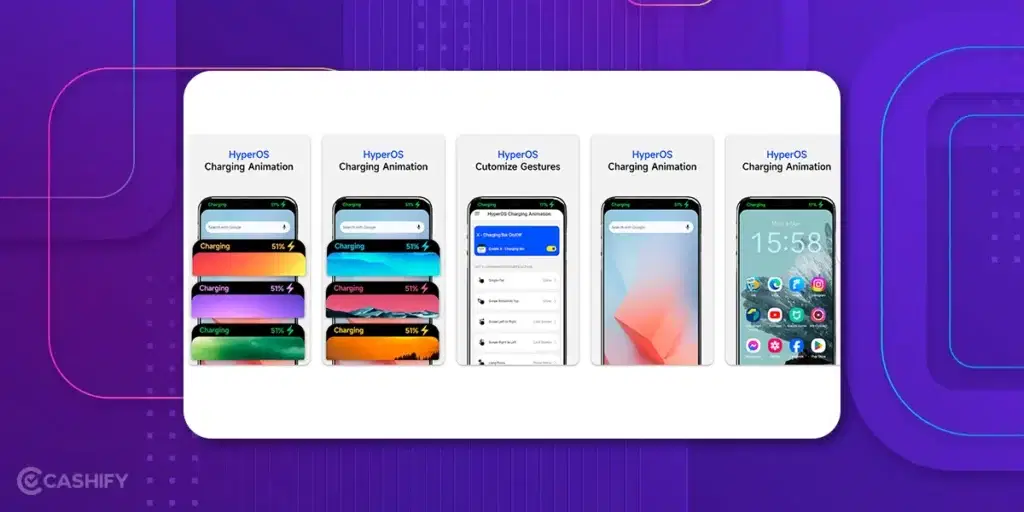
New HyperMind With AI Enhancements
Xiaomi introduced HyperMind as part of its AI enhancements. It learns from your habits and enables your gadgets to adapt to your preferences and patterns proactively.
In China, HyperOS has also introduced an AI-enabled feature called “Surprise Wallpaper.” Hopefully, we will also see this in India.
The AI Live translation in HyperOS is quite useful. Language support as of now is limited. There is no Chinese-to-English translation support, but possibilities are endless for the future.
Privacy and Security
HyperOS has advanced encryption and privacy management tools. In a further stance, Xiaomi has focussed on three areas that are:
- Mutual Security Checks
- Transmission Security
- Cross-Platform Permission Management.
All three points make sure that user data remains secure. This applies even when devices are interacting with each other.
Other Notable Changes
Here are some amazing notable changes after the HyperOS release date in India:
| Feature | Details |
|---|---|
| NFC Payments | Faster on HyperOS devices |
| Bug Fixes | Quick updates to fix beta bugs |
| Temperature Stability | No overheating like with MIUI updates |
| Battery Efficiency | Less battery drain in sleep mode |
| New Weather Engine | Real-time visuals with light and shadows |
| Supermoon Mode | Special moon photography on some devices |
| Front Camera Assistant | Beautify video calls (Settings > Additional Settings) |
Important HyperOS Apps
Let’s look at the amazing apps for the Hyper OS Eligible devices:
Mi Mover
Mi Mover is a great app if you want to transfer your phone data from your old device to a newly bought one. It will all happen safely and instantly, and you can transfer:
- Photos
- Contacts
- Video
- Documents
- Messages
You can download the app from the Play Store directly.
HyperOS Notes App
The notes app in the HyperOS has some interesting AI features like AI Summary, AI typesetting, AI translate, and AI error correction.
Also Read: One UI 5 vs One UI 6: A Complete Interface Comparison!
Update Policy Of HyperOS Device List
| Device Series | Update Policy |
|---|---|
| Redmi Note and POCO Series | Two years of major updates |
| Xiaomi Series | Four years of major updates |
| Mi Pad 6 | Three major updates, Two years of security patches |
Basically, any device launched within the last two years is entitled to an Android 14-based HyperOS update.
Please note that Android 15 Beta is available for
- Xiaomi 14
- Xiaomi 13T Pro
- Xiaomi Pad 6s Pro 12.4
Latest Updates In The HyperOS System Apps
- AI Photo Features are now in the HyperOS Gallary App.
- HyperOS Gallery Editor now allows you to make AI-based enhancements. Features like removing objects and giving photos a professional look are possible. Making them overall cleaner.
- Now, HyperOS will analyse your usage pattern and suggest themes accordingly. The same feature will work for recommending apps based on usage patterns.
- Ai-generated Wallpapers are more realistic and closer to reality.
- Xiaomi has revamped the App Vault for better security and privacy.
- Those who are in love with the Lockscreen customisations, especially with Clock Styles. They are all available in Home Screen as widgets in HyperOS.
- Jan Security Patch has released for HyperOS devices globally. You can see improved security and performance. This was seen for the first time in Redmi Pad SE and Xiaomi Pad 6.
Things To Expect From Xiaomi HyperOS Update List
Xiaomi has recently applied for the trademark of LROFS (Logical Read-only File System) for HyperOS, and we will soon see some related developments. LROFS File System provides:
- Better compression
- Better Performance
- More flexibility and Efficiency
- Improvement in Security
Xiaomi has already been testing this file system in the HyperOS 1.5 beta. and HyperOS 2.0 is equipped with this LROFS.
How is HyperOS Different from MIUI?
HyperOS is Xiaomi’s new software, and it’s quite different from the old MIUI. Here’s why in detail:
| Aspect | MIUI | HyperOS |
|---|---|---|
| Built on | Google’s Android | AOSP + Xiaomi’s own Vela system |
| Device Support | Needs more RAM | Works well on low RAM devices |
| Device Integration | Limited to phones | Connects easily with Xiaomi devices (watch, TV, etc.) |
| Speed & Performance | Good but less smooth | Faster startup, smoother multitasking |
| Customisation | Includes Google apps/services | Xiaomi chooses what to include, more flexible |
Why This Matters
Think of HyperOS as a fresh start. It’s like Xiaomi took Android, mixed in their own ideas, and made something that’s faster and fits all their gadgets—not just phones. If you hated slow loading or wanted your watch and TV to play nice with your phone, HyperOS is built for that. It’s simpler, quicker, and more “Xiaomi” than MIUI ever was!
Which Devices Will Be Compatible Besides Phones?
HyperOS is specifically designed to work across the entire Xiaomi ecosystem. For example, it works perfectly with:
- Smartwatches – Smartwatch S1, S3
- TVs and projectors such as Mi TV, Xiaomi Smart Projector
- Smart home appliances like cleaning robots, purifiers, smart bulbs, etc.
- Xiaomi SU7 electric car, along with native HyperOS integration
How to Receive HyperOS Updates Faster?
Just like any other Chinese manufacturer, Xiaomi also first deploys its new version of the skin in China before rolling out the global versions. However, here is the trick that you can use to receive HyperOS updates before anyone else does in Europe.
- Open the Xiaomi Community application.
- Create your account.
- Go to your profile -> Settings
- Change your region to Global
- Now, again, go back to your profile and choose the “Beta testing” submenu.
- Check if the recruitment campaign to test the new version of HyperOS is available.
- Apply and wait till your application gets validated.
- Once you have applied, check if the update is available in “About device.”
Concerns With HyperOS 2.0
Now that we have discussed all the amazing things about the HyperOS – the features, functionalities, looks, feel, and much more. Let’s look at the concerns regarding this operating system. I feel that will help you decide whether it’s worth trying OS. Here are the issues which a lot of people have faced with Hyper OS Eligible devices:
- Throttling Issues where some apps are slower than others.
- Indian HyperOS has fewer widgets than China ROM.
- Some people have also experienced battery draining and overheating issues when temperatures exceed 50 degrees Celsius.
- Volume issues faced from POCO Users after updating.
Remember to upgrade to Hyper OS 2.0 only if your hardware supports it. There can be limitations and this can lead to battery issues and software problems.
HyperOS 3: What’s Coming and Which Phones Get It in India (2025)
Xiaomi, the company behind Xiaomi, Redmi, and POCO phones, is planning to roll out a big software update called HyperOS 3 starting in July 2025. This update will go to lots of their devices—like phones and tablets—around the world, including India. It’s based on Android 16 (Google’s next big Android version), and while Xiaomi hasn’t shared the final list of devices yet, we’ve got a good idea of which ones are likely to get it based on leaks from XiaomiTime. Let’s dive into what’s new and which phones will enjoy it!
What’s New in HyperOS 3?
HyperOS 3 is like a big refresh for your phone’s software. Here’s what it promises :-
- Faster and Smoother Performance – Apps will open quicker, and moving around your phone (like swiping or scrolling) will feel slick and easy. If your phone ever feels slow or laggy, this should fix that. It’s like giving your phone a speed boost!
- New Tools to Make Life Easier – You’ll get fun and helpful features—like better ways to work, play, or stay organized. Maybe smarter AI tricks or cool camera upgrades! It’s not just about speed; your phone will do new stuff to make it more useful every day.
- A Fresh, Modern Look – The screen will look newer—think updated icons, smoother animations, and a cleaner design. Your phone will feel brand-new, even if it’s a couple of years old. It’s like a makeover for your screen!
Big Picture: HyperOS 3 is built on Android 16, which means it’ll have all the latest Google goodies, plus Xiaomi’s special tweaks. It’s designed to keep your phone fast, fun, and fresh in 2025 and beyond.
Which Phones Will Get HyperOS 3?
Xiaomi plans to update a bunch of devices, from fancy flagships to affordable ones. Here’s who’s expected to join the party, split by brand—Xiaomi, Redmi, and POCO. These are based on leaks, so the final list might tweak a bit, but this is what we know so far.
Eligible Devices Table
| Brand | Device Series | Examples | Why They’re Included |
| Xiaomi | Xiaomi 15, Xiaomi 14, and Xiaomi 13 series | Xiaomi 15 Ultra, 14 Pro, 13 | These are Xiaomi’s top phones—newest and most powerful, so they get updates first! |
| Xiaomi MIX Flip and Xiaomi MIX FOLD series | MIX Flip 2, MIX FOLD 4 | Fancy foldable phones—Xiaomi wants them to stay cutting-edge with the latest software. | |
| Tablets | Xiaomi Pad 7 Pro, Xiaomi Pad 6S Pro | Big screens need big updates—perfect for work and play with HyperOS 3’s new tricks. | |
| Redmi | Redmi Note 14, Redmi Note 13, and Redmi 12 series | Redmi Note 14 Pro, 13 5G, 12 Pro+ | Super popular in India—these mid-range phones are loved for value and will stay fresh. |
| Redmi K80, Redmi K70, and Redmi K60 series | Redmi K80 Pro, K70, K60 Extreme Edition | High-performance Redmi phones—built for power users who need speed and new features. | |
| Tablets | Redmi Pad Pro 5G, Redmi Pad SE | Affordable tablets that’ll get a boost for movies, games, and schoolwork. | |
| POCO | POCO F7 Pro, POCO X7 Pro, and POCO M7 Pro 5G | POCO F7 Pro, X7 Pro, M7 Pro 5G | POCO’s gaming and budget champs—great screens and speed need HyperOS 3 to shine. |
| Special Editions | POCO X7 Pro – Iron Man Edition | Cool limited editions—Xiaomi keeps them updated to stay special for fans. |
Let’s Compare HyperOS 2.0 Vs. HyperOS 2.2 Vs. HyperOS 3
| Feature | HyperOS 2.0 | HyperOS 2.2 | HyperOS 3 |
| Release Date | Late 2024 | Mid 2025 | Late 2025 |
| UI Enhancements | New design language, smooth animations | Improved transitions, adaptive icons | More dynamic themes, real-time wallpapers |
| AI Features | Basic AI suggestions | Advanced AI camera, text-to-image tools | Generative AI for apps, smarter assistant |
| Performance | Faster than MIUI, optimized for 12GB RAM | Better RAM management, lower latency | Ultra-low latency, 10% faster boot times |
| Battery Optimization | Improved over MIUI | Enhanced power-saving profiles | AI-driven energy optimization |
| Device Support | Xiaomi phones, tablets | More global rollouts, 50+ device updated | Broader device coverage including EVs |
| Security | Updated encryption protocols | Biometric improvements, privacy dashboard | AI-powered threat detection |
| Android Base | Android 14 | Android 15 | Android 16 |
MIUI Vs. HyperOS: AI and Ecosystem
| Feature | MIUI | HyperOS |
| Core Design | Based on Android UI with Xiaomi skin | New lightweight OS with integrated AI |
| AI Features | Basic AI tools (photo editing, voice) | Advanced AI (AI voice, smart suggestions, content generation) |
| Performance | Moderate optimization | Smoother animations, better resource allocation |
| Cross-Device Ecosystem | Limited (mainly Xiaomi devices) | Unified ecosystem (Xiaomi + IoT + EVs) |
| Device Compatibility | Mostly smartphones | Smartphones, tablets, IoT, electric cars |
| Customization | Strong themes & UI options | Cleaner UI with smart adaptive elements |
| Updates | MIUI versions with Android updates | HyperOS versions with deeper system-level integration |
| Security | Standard security patches | AI-driven security features & privacy tools |
Conclusion
Xiaomi has truly established a groundbreaking approach to user-centric design. HyperOS release date has long passed now. These devices guarantee a faster and smarter experience and offer personalization based on individual preferences.
So, now is the right time to update your phone or upgrade to a new device. So, you can ensure uninterrupted access to the new operating system’s most anticipated features.
What is your opinion about HyperOS? Is it worth an upgrade from your current OS? Do share your thoughts in the comments section!
Also Read: Redmi Note MIUI Android Update Tracker: Rollouts, Features, And More!
Most Asked Questions About HyperOS
Q. Is HyperOS better than MIUI?
The popular MIUI surely has a legacy of its own. However, customisation possibilities are limited compared to the Xiaomi HyperOS. If you want an advanced OS experience, you may like HyperOS better.
Q. What is HyperOS based on?
HyperOS is based on Open-Source Android and Xiaomi’s VELA system. It forms its basic foundation. The Xiaomi VELA platform is an in-house developed platform.
Q. How much will HyperOS cost?
HyperOS at the base will be free to use on HyperOS-eligible devices. However, some exclusive features might require a subscription.
Q. Are there any new themes or icon packs available on HyperOS?
HyperOS offers extensive customisation choices for users. The theme engine offers various pre-installed themes. You can use it according to your preference. You can also create custom themes in HyperOS-eligible devices. Express yourself the way you want!
Q. Is HyperOS available in India?
Yes, starting January 2024, Xiaomi announced that HyperOS will be available in India. The Xiaomi 13 Pro and the Xiaomi Pad 6 will be the first devices to receive this update.
Q. Is HyperOS lighter than MIUI?
Xiaomi HyperOS’s firmware is approximately 8.75GB, the smallest in the industry. It is notably lighter than MIUI 14, which is close to 14GB.
Q. Will I get a green line if I update to HyperOS?
Since the release, no users from India have ever reported the green line issue. With every update that rolls out on devices, HyperOS is improving. So, on devices eligible, the chances of the green line problem are negligible.
Q. Does it update automatically?
Compatible phones will receive HyperOS via OTA. You can check in Settings -> Updates
Q. Do I need to set everything up again?
No, you don’t need to set everything again. Your content, apps, and settings remain the same. The change is smooth and seamless for the user.
If you’ve just bought a new phone and don’t know what to do with your old phone, then here’s your answer. Sell old mobile to Cashify and get the best price for it. If you are planning to buy a new phone, check out Cashify’s refurbished mobile phones. You can get your favourite phone at almost half price with six-month warranty, 15 days refund and free delivery.














